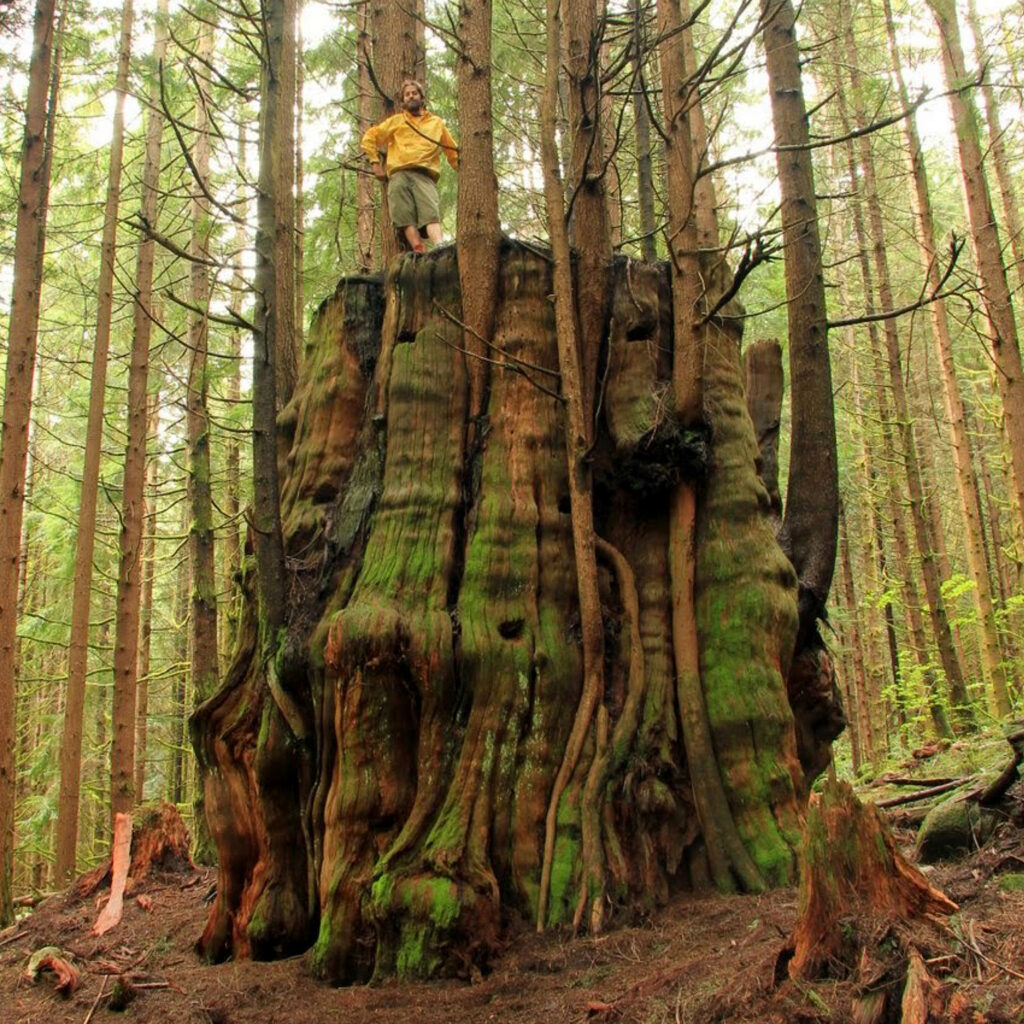
The Nurse Log
The Blind Nurse explores new ways for architecture to behave at a phase when architects have long abandoned it: its decay. When architects consider this phase as important as the design and construction of a building, we accept that a building is fundamentally part of our larger natural ecosystem, that it is not distinct from nature, but part of it. The Blind Nurse project points to a scenario in which architecture can participate more fundamentally in the natural cycles it often ignores. A building’s obsolescence can be as thoughtfully considered as its construction.
The Blind Box
Modeled after two unique precedents (“blind box” packaged Japanese toys and sacrificial “nurse logs”), the Blind Nurse is a thirty-inch cube of soil enriched with tree seeds and delivered in a thin paper wrapper. When placed outside in the elements, the cube erodes, gradually revealing a hidden object inside. The object is three-dimensionally printed from a mixture of wood pulp and plant nutrients to anticipate the growing needs of the tree species in the soil. The unique shape and properties of the object encourage a sapling to take root in it. The innovation behind Blind Nurse is that it is purposefully temporal. Traditionally, once a building is constructed, it sits, unchanging until it is demolished and placed in a landfill.
A Momento Mori
Blind Nurse will surprise, puzzle, delight, and even sadden viewers as it evolves over time. Most objects are designed to last forever. Once produced, they exist statically in the world, unresponsive until they are thrown in a landfill. Blind Nurse is purposefully temporal. Like any biological organism, it has a birth and a death. It catalyzes and then yields to future growth. Its full purpose is revealed slowly and its narrative only understood through repeated viewing and continuous monitoring. It is a dynamic, surprising, and ultimately emotional proposition, to which we can uniquely relate because, like architecture and like all of us, it will eventually wilt away.
Jason Heinrich, Yong Gyun Noh (Mir), Neal Qiongyu Li, Robert Thomas Gaudin, HiLo Lab